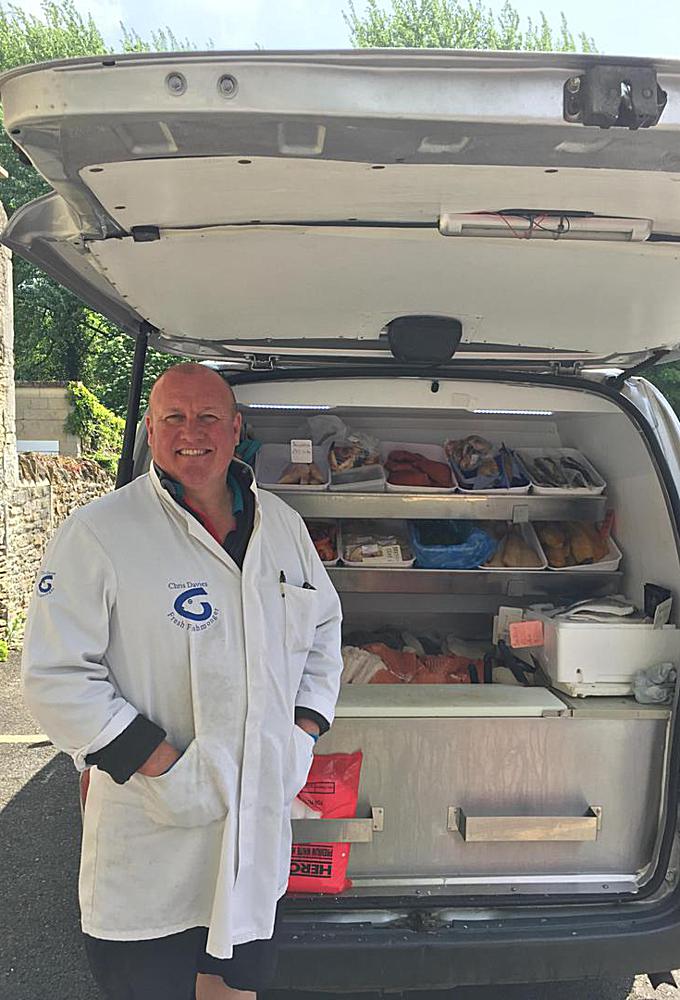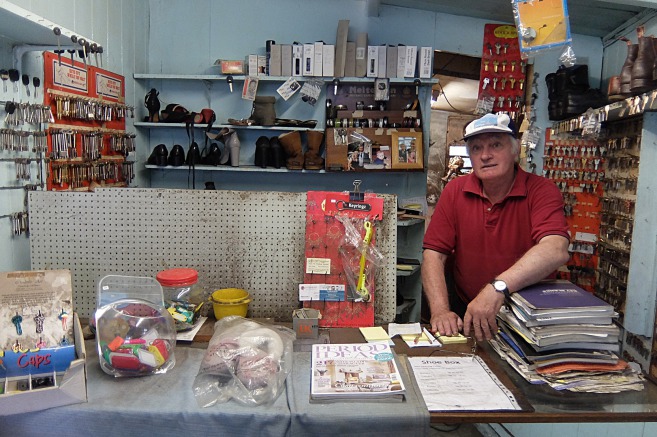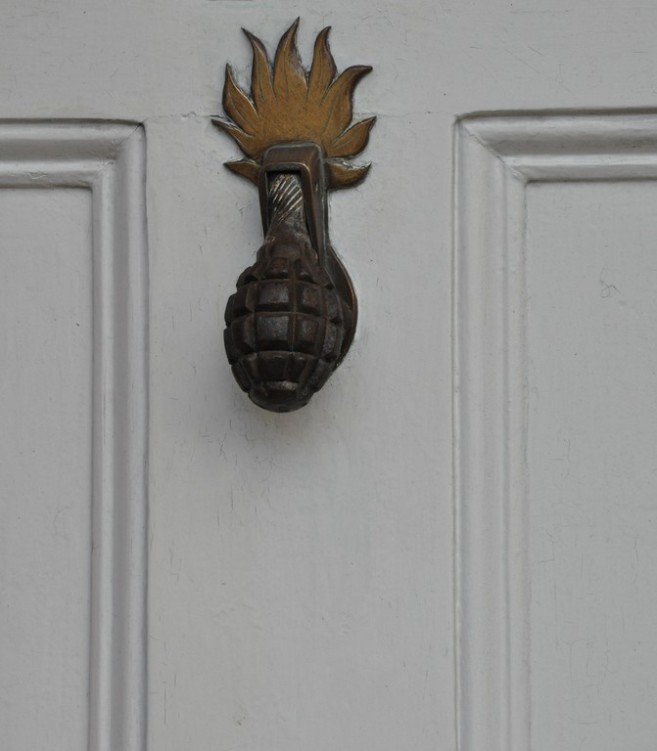Sidney Alford took up skydiving in his
fifties. He started learning Russian in his sixties, and German in his seventies. But his real passion, the one that he acquired as a schoolboy and pursued almost all his life, was blowing things
up.
Self taught, non-conformist and contemptuous
of “pointless rules and regulations”, he invented and developed, first in his garage and later in a Somerset quarry, all manner of explosive tools to destroy the mines, bombs and improvised explosive
devices (IEDs) of terrorists and other enemies — tools rejoicing in names such as the BootBanger, the Bottler and Krakatoa.
A British establishment of which Alford was
emphatically never a part did not always appreciate his creative (and destructive) genius, especially in the earlier years of this somewhat combustible character’s career.
When he was 41, and just hitting his stride,
the Royal Armament Research and Development Establishment refused to employ him on the grounds that he was too old to have original ideas. The Royal Military College of Science blacklisted him for
“teaching young officers things about explosives that they are not supposed to know”. Yet as the decades passed Alford came to be seen for what he was: one of the world’s leading experts in explosive
engineering.
The British and US militaries employed him
to find ways of neutralising IEDs planted by the Taliban in Afghanistan, and by Islamic jihadists in Iraq and Syria. Documentary makers turned to him to recreate events such as the Dambusters’ raid,
or the anniversary of the Gunpowder Plot (for the latter, he blew up a life-sized replica of the Palace of Westminster).
He carried on working well into his
eighties, though by then he was fairly deaf from all those bangs. “I enjoy blowing things up too much to do otherwise,” he said, not unreasonably.
Sidney Christopher Alford was born and
raised in Ilford, Essex, in 1935, the son of a First World War veteran who then worked as a clerk for Shell for 45 years. His interest in things that exploded began during the Second World War. After
a brief evacuation to Bournemouth, where he witnessed a Stuka strafing a shopping street, he would huddle under the stairs with his mother as the Germans bombed east London by night. By day he would
visit the bomb sites and, if lucky, find unexploded magnesium alloy incendiary bombs from which he made fireworks. He once found a V1 flying bomb engine in Epping Forest.
After the war he developed a love of
chemistry at Buckhurst Hill grammar school and was spanked for detonating rolls of toy caps in the locker room. He also put bangers made of nitrogen triiodide under his French teacher’s chair.
Alford went on to Southampton University,
but failed his first-year exams and instead did two years’ National Service as a radar technician. Thereafter he enrolled for a general science course at South West Essex Technical College, but
failed that too because he was poor at maths.
Despite that unpromising start he was
offered a research job at the University of Paris after a chance meeting with a chemistry professor named Charles Mentzer in the early 1960s, and, with no first degree, ended up earning a doctorate
on the chemistry of plant products.
Mentzer recommended Alford to a chemistry
professor he knew at the University of Tokyo. Alford stayed there for a couple of years and added Japanese to his growing portfolio of languages. He also met Itsuko Suzuki, whom he married in 1970
and with whom he would later have two sons: Roland, now managing director of the family firm, Alford Technologies, and Xavier, a documentary film-maker.
Back in Britain he struggled to find a
proper job: he studied fatty acids in the brain at the Nuffield Institute and acted as an interpreter when Emperor Hirohito visited. It took the eruption of the Troubles in Northern Ireland to
reignite his interest in explosives. Working in the garage of his house in suburban Ham, west London, he invented “water-lined shaped charges” — explosive charges that generated 3,000mph
armour-piercing jets of water — to destroy Provisional IRA bombs.
He left his car running in the hope that
neighbours would think it was backfiring whenever they heard bangs, but to no avail. He was soon visited by two gentlemen from the security services. He explained his work, and instead of arresting
him they put him in touch with the Ministry of Defence. The MoD arranged for him to continue his testing at its Pirbright range in Surrey, and subsequently adopted his pioneering technology for a
variety of highly classified projects.
In the late 1970s Alford
designed underwater charges to sever the well heads of decommissioned North Sea oil rigs and blew up three old blast furnaces in Co Durham. He
blasted away the old iron penstock gates at the Royal Dockyard in Portsmouth and assisted in an operation that recovered gold ingots from the wreck of a cruiser torpedoed by U-boats in
1942.
By 1985 he had had enough of working for
others. He set up Alford Technologies in Trowbridge and he finally came into his own. One of his first jobs was to salvage supertankers sunk in the Gulf during the Iran-Iraq war. He invented a form
of linear cutting charge that he called Dioplex (“Do-It-Oneself Plastic Explosive”) to slice the ships in half while Iranian Revolutionary Guards watched from a distance.
Another early commission was to help Stanley
Kubrick, the film director, to destroy an old industrial building in south London to create a set for his Vietnam film Full Metal Jacket.
Mostly, however, Alford invented devices for
military use. He adapted his water-lined shaped charges for a variety of purposes, including the destruction of unexploded ordnance left in Cambodia and Laos after the Indochina wars, and in Kuwait
after the Iraqi invasion of 1990.
Among his many other inventions were devices
for destroying terrorist IEDs, limpet mines stuck to the sides of ships, the Bangalore Blade to blow holes in razor wire defences, the BootBanger for blowing open the boots of booby-trapped cars, and
the Gatecrasher for punching holes in walls in hostage situations.
Army officers from around the world visited
his quarry in the Mendip Hills to watch him demonstrate his devices or take his courses. “I teach dirty tricks so they don’t get caught out by them,” Alford told the New Statesman. The Americans were
particularly keen on his services, the British a little less so because, said his son, he had “put a lot of noses out of joint” with his plain speaking.
Alford was disdainful of authority. In 1996
he was prosecuted for repeatedly refusing to install an expensive alarm on his store of ammonium nitrate. A judge at Swindon crown court fined him £750 but, perhaps sensing he was dealing with a
useful maverick, ordered the police to return his licence.



